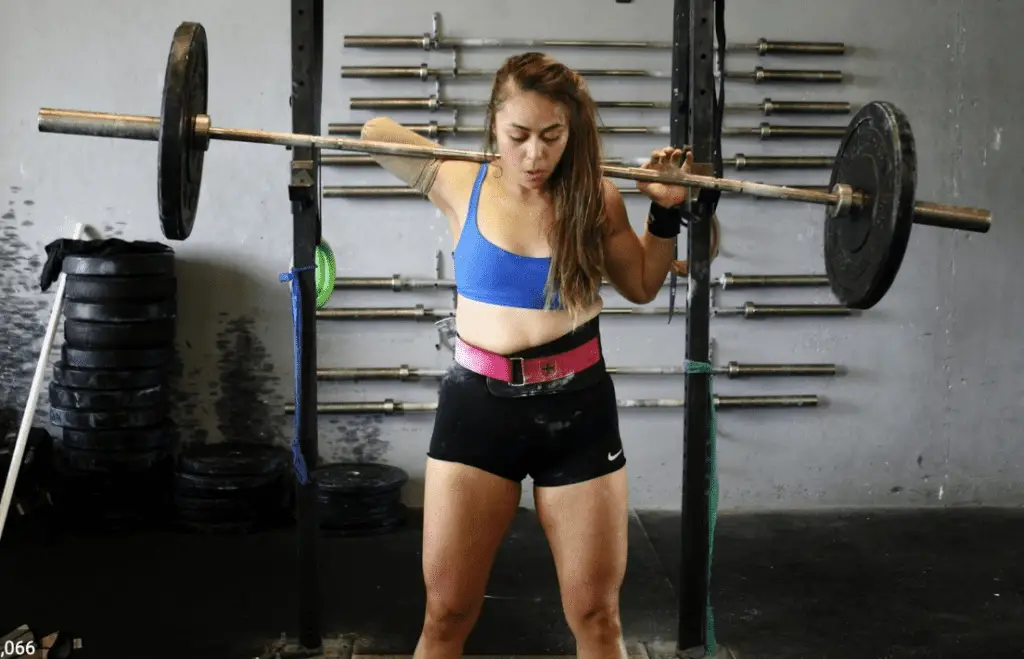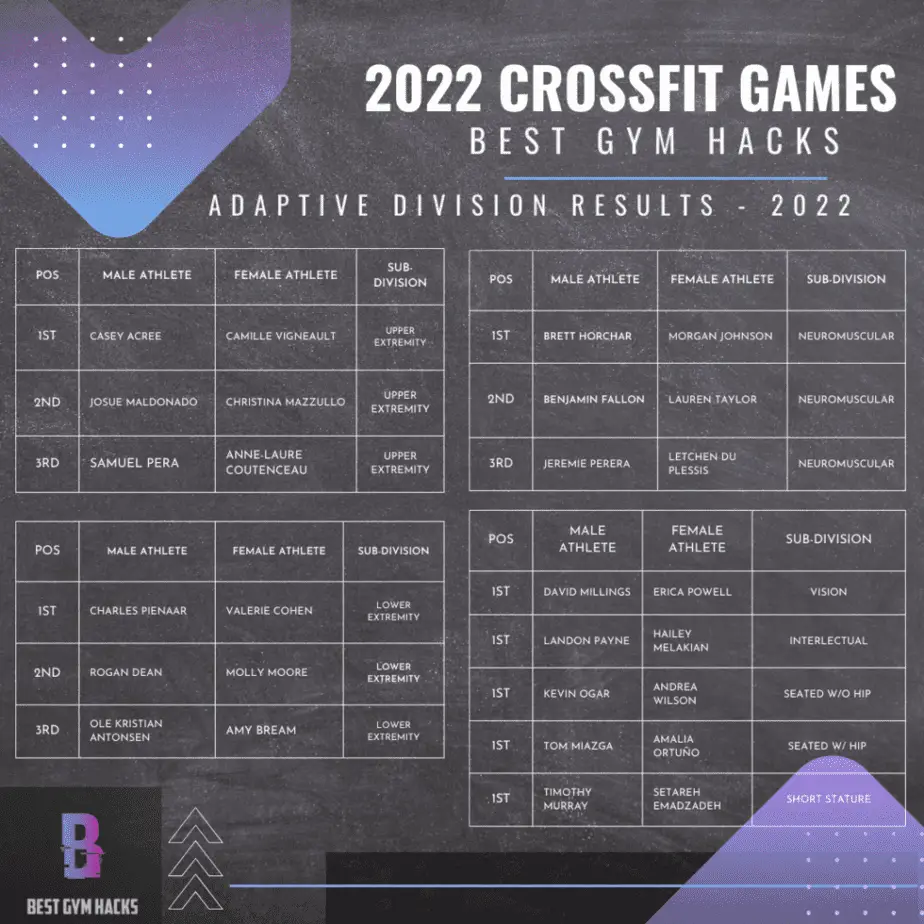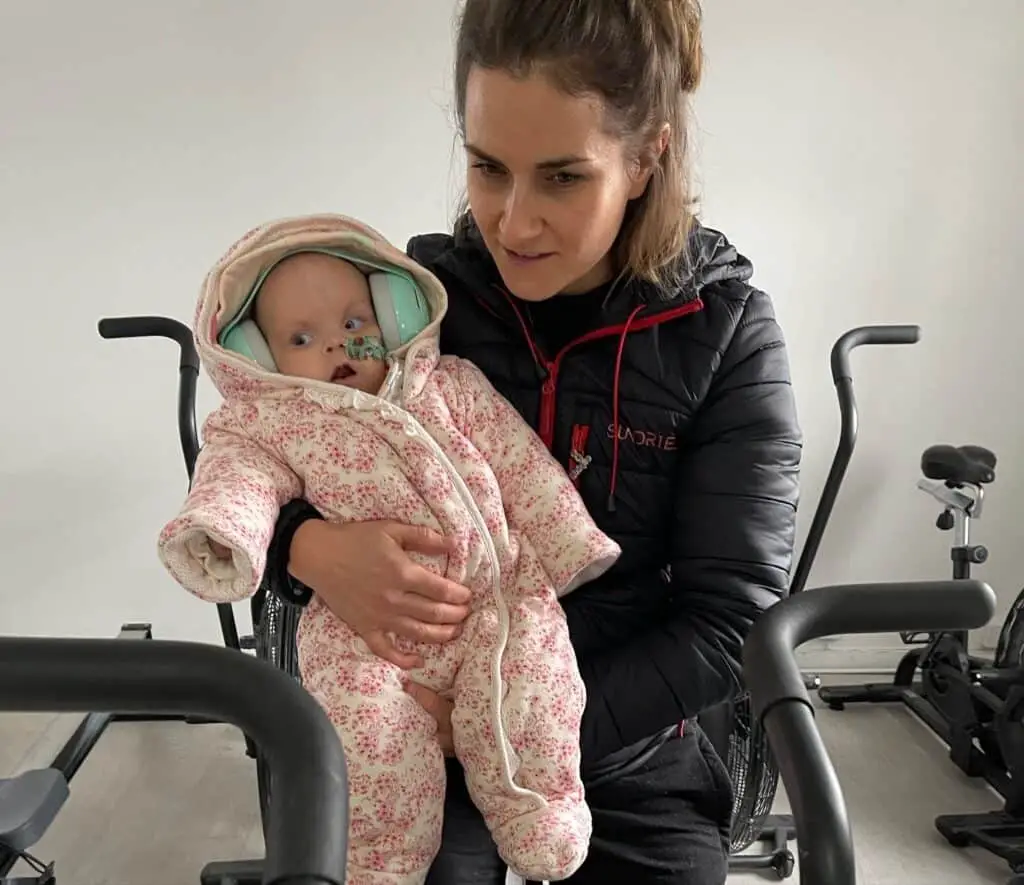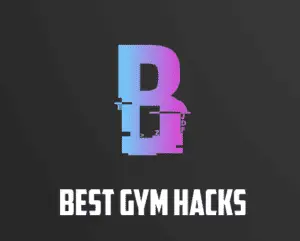Adaptive and Adapted CrossFit are 2 different things This article will explain what Adaptive CrossFit is.
Adaptive CrossFit is the altered version of the same workout, exercise, group of exercises, or movement, but changed for a person that is unable to carry out the RX / as Prescribed version, due to physiological or anatomical impairments. The intent of the workout is the same for the adaptive athlete; it is simply tailored to suit their impairments. The alterations are further categorised and tailored in sub-divisions within the Adaptive Division.
Find out what the recognised 16 formal categories are for the CrossFit Open below.
We will also take a look at equivalent workouts at the CrossFit Games, and eligibility factors for Adaptive Divisions.
Adaptive CrossFit – A New Era
Since Eric Roza’s takeover of CrossFit, he announced big changes to the CrossFit Open and its further enhanced inclusivity. This is welcome news as it creates even lower barriers to entry for anyone that could really benefit from CrossFit, including disabled / additional needs / adaptive athletes.
Those people with additional needs are no less than the gladiatorial CrossFit Games champions. So this is welcome news for diversity, inclusivity and equal opportunity.
What were the new Adaptive divisions at The Open?
Here’s an overview:
| 1 | Men Adaptive: Upper Extremity | Women Adaptive: Upper Extremity |
| 2 | Men Adaptive: Lower Extremity | Women Adaptive: Lower Extremity |
| 3 | Men Adaptive: Neuromuscular | Women Adaptive: Neuromuscular |
| 4 | Men Adaptive: Vision | Women Adaptive: Vision |
| 5 | Men Adaptive: Short Stature | Women Adaptive: Short Stature |
| 6 | Men Adaptive: Seated Athletes (with hip function) | Women Adaptive: Seated Athletes (with hip function) |
| 7 | Men Adaptive: Seated Athletes (without hip function) | Women Adaptive: Seated Athletes (without hip function) |
| 8 | Men Adaptive: Intellectual | Women Adaptive: Intellectual |
What CrossFit top brass has to say
Roza openly said that since the takeover they are still learning how this should evolve.
There are a lot of various categories the Adaptive athletes could fit into, but this is their first offering at capturing the broad variety.
“I’m just getting educated on this. There are a lot of different categories of adaptive athletes, and so I can’t say we’re going to nail it the first time around, but we’re going to make steps in the right direction”
Eric Roza – CrossFit (former CEO) and Brand Owner
This is great for the sport in general, especially considering the uproar and upheaval of CrossFit – formerly led by Greg Glassman.
Overnight, following his undoing, the brand became synonymous with non-inclusiveness, crassness, sexism and unsavoury behaviour.
This caused a significant number of CrossFit Affiliates to openly shun and reject as a show of defiance, all over the world.
You can read more on this in the Best Gym Hacks article here and what happened where we explore if CrossFit is still popular, and what Roza is now doing for the sport following his takeover.
A welcome change
I, myself feel particularly heart warmed by Roza’s approach. My 1-year-old girl was born with significant and complex physiological and anatomical issues.
A slight alteration in her chromosome 10 means she also faces possible future issues, such as difficulty walking or talking.

She was born with severe talipes (club feet) and hypotonia among many other things, which already affect her daily life.
So, for me, to see a sport that I love opening its arms to include those who are different with a very welcoming attitude is extremely commendable.
Not to mention the improvements that can be made in these people’s lives too by being part of the community.
“There are a lot of different categories of adaptive athletes, and so I can’t say we’re going to nail it the first time around, but we’re going to make steps in the right direction.”
Eric roza – on the new adaptive categories in the crossfit open

Who Can Partake in The Adaptive Division Of The CrossFit Open?
To be eligible for the adaptive divisions, an athlete must meet three general requirements:
1. Prove a diagnosis with documentation of an impairment (i.e., health condition or diagnosis) which is permanent. It must also be from the list of CrossFit’s 10 eligible impairments.
2. The athlete must have significant functional limitation(s) that prevents them from inclusion in competition against athletes in the non-adaptive divisions. So they must be able to demonstrably show they cannot be in the non-adaptive categories
3. Meet the minimum-impairment criteria for one of the adaptive divisions based on their proven diagnosis.
They also need to be 13 years old at the time of creating an account, plus be aged 14 by 14th July 2022.

Lindsay Hilton is a CrossFit athlete who lifts more than many who have both hands and feet!
What Are The 10 Disabilities (or Impairments) Eligible For The CrossFit Open Adaptive Division?
Eligible impairments for competition in the adaptive divisions include the following:
1. Ataxia
2. Athetosis
3. Hypertonia
4. Impaired Muscle Power
5. Impaired Passive Range of Movement
6. Intellectual Disability
7. Leg Length Difference
8. Limb Deficiency
9. Short Stature
10. Vision Impairment
Each adaptive division allows for specific impairments to qualify for eligibility.
Some divisions have multiple eligible impairments, and some only have one.
What are examples not eligible for the Adaptive Division in the CrossFit Open?
These include: pain, hearing impairment, vision impairment of one eye, Low muscle tone, hyper-mobility of joints, joint instability, impaired muscle endurance, impaired motor reflex functions, impaired cardiovascular functions, reduced respiratory functions such as asthma, impaired metabolic functions or tics and mannerisms.
Proven eligibility
Generally speaking, all eligibility impairment needs to be verified by medical substantiation, documented in a medical diagnosis from a professional. But there may be some exceptions which are further highlighted in CrossFit’s Adaptive Athlete Policy.
Some athletes may fall within more than one category, but it is only permissible to compete within 1 sub-division within the Adaptive Division.
What do the Adaptive Scalings in the CrossFit Open look like?
Some example comparisons of Workouts in the 2021 CrossFit Games can be found below. The intent of the athletes attempts to create a fair equivalent across each sub-division, by engaging the same stimulus as all the other non-adaptive categories.
Although durations may differ across the sub-divisions, the workout is intended to be the same – or as close to as possible.
Here’s a sampling of the 3 events at the 2021 Games, further split down into the 3 sub-divisions to give you an idea of how they’re split into sub-categories.
EVENT 1
| Upper Extremity 4.5-mile run (6 laps) | Lower Extremity 6,000-m SkiErg | Neuromuscular 3-mile run (4 laps) |
EVENT 2
(Individual Events 6 and 8, 10 – 15 were omitted from the Adaptive Division at the 2021 CrossFit Games).
Positive steps
As you can see, the events have even tailored specifically to match as closely as they can between categories and sub-catergories.
This is a great way for the sport to go as it allows many more people to train, compete and have a place in the community.
As the sport grows, we may end up seeing even more categories being added!
What does the CrossFit Adaptive Division mean?
The Adaptive Division means that those with bodily impairments, compared to non-adaptive, can compete within their own categories against those that have similar, or the same impairments, in a workout on par with the main division. This is a similar format utilised at the Olympics and Paralympics.
There is a total of 32 subcategories at The CrossFit Games, sub-divided not just for Adaptive, but also for varying age categories, (sometimes known as Masters), lower age categories for Teens, and Mixed Teams.
Here is the full rostrum of categories at The CrossFit Games since 2021:
| 1 | Men |
| 2 | Women |
| 3 | Team (Mixed) |
| 4 | Men 35-39 |
| 5 | Women 35-39 |
| 6 | Men 40-44 |
| 7 | Women 40-44 |
| 8 | Men 45-49 |
| 9 | Women 45-49 |
| 10 | Men 50-54 |
| 11 | Women 50-54 |
| 12 | Men 55-59 |
| 13 | Women 55-59 |
| 14 | Men 60-64 |
| 15 | Women 60-64 |
| 16 | Men 65+ |
| 17 | Women 65+ |
| 18 | Boys 16-17 |
| 19 | Girls 16-17 |
| 20 | Boys 14-15 |
| 21 | Girls 14-15 |
| 22 | Men Upper Extremity |
| 23 | Women Upper Extremity |
| 24 | Men Lower Extremity |
| 25 | Women Lower Extremity |
| 26 | Men Neuromuscular |
| 27 | Woman Neuromuscular |
| 28 | Vision |
| 29 | Intellectual |
| 30 | Seated Without Hip Function |
| 31 | Seated With Hip Function |
| 32 | Short Stature |
Who are adaptive athletes in 2021?
Top Male for Upper Extremity are: Casey Acree and Sabrina Daniela Lopez.
Top Female for Upper Extremity are: Ole Kristian Antonsen and Valerie Cohen.
Top Male and Female for Neuromuscular are: Brett Horchar and Shannon Ogar.
CrossFit Games Adaptive Division 2022 Results
Below you can find the top results from the 2022 Adaptive category and the sub-division, put together by Best Gym Hacks.

What Are The Adaptive Divisions at The CrossFit Games?
There are 6 sub-divisions within the Adaptive Division at The CrossFit Games: Upper Extremity Male, Upper Extremity Female, Lower Extremity Male, Lower Extremity Female, Neuromuscular Male and Neuromuscular Female.
There are a number of prerequisites to be eligible for competing within these categories, as noted in the CrossFit Adaptive Athlete Policy.
The Inclusivity Within The Sport of CrossFit
It’s great to see the sport carving out its own way for inclusivity and equal opportunity within the sport. It is a natural progression given the USP that CrossFit is ‘infinitely scalable, so it lends itself to putting this into action.
Given the world my wife and I were thrust into 1 year ago, learning about – and experiencing first-hand – how it is to care some someone with additional needs, I really love this noble endeavour CrossFit has expanded on, to include those who are a little different.
As my little girl gets older, I would hope one day she can do CrossFit as a way of building her confidence, and improve her physical ability and general self-application.
We don’t know her exact difficulties just yet as only time will tell.
But I know for sure that CrossFit will be a wonderful thing for her in many ways.

Ophelia may only be 1, but she knows the Assault Bike should be avoided!
